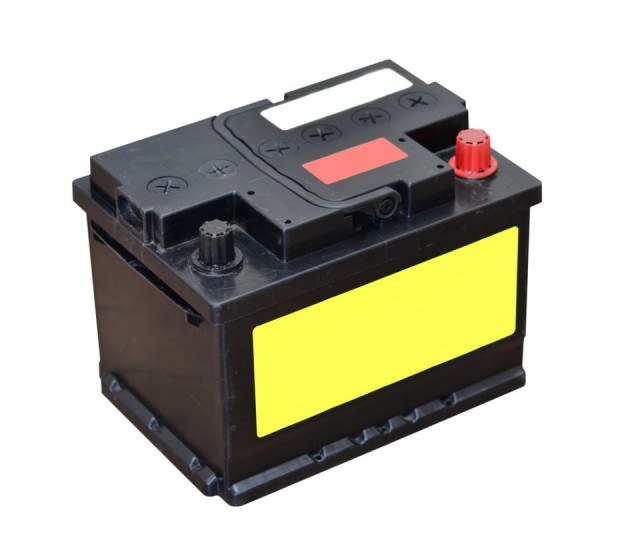Testing the performance of lead-acid batteries is essential to ensure their reliability and longevity.
- Open-Circuit Voltage Test:
- Measure the voltage across the battery terminals with no load (open circuit).
- A fully charged lead-acid battery typically has an open-circuit voltage of around 12.6 to 12.8 volts. Lower voltages may indicate a discharged or faulty battery.
- Specific Gravity Test (for Flooded Batteries):
- For flooded lead-acid batteries, use a hydrometer to measure the specific gravity of the electrolyte.
- Specific gravity provides an indication of the state of charge. A fully charged battery typically has a specific gravity around 1.265.
- Ensure that the readings are consistent across all cells.
- Load Test:
- Conduct a load test to assess the battery’s ability to deliver power under load.
- Use a load tester to apply a load equivalent to a specific percentage of the battery’s capacity (e.g., 50% or 75%).
- Monitor the voltage drop during the test. A healthy battery should maintain an adequate voltage under load.
- Internal Resistance Measurement:
- Use a battery analyzer or a dedicated internal resistance tester to measure the internal resistance of the battery.
- A significant increase in internal resistance may indicate internal cell damage or aging.
- Capacity Testing:
- Conduct a capacity test to measure the actual capacity of the battery compared to its rated capacity.
- Discharge the battery at a constant current until a specified voltage is reached.
- Measure the discharged capacity and compare it with the rated capacity.
- Voltage Recovery Test:
- After a load test, monitor how quickly the battery voltage recovers once the load is removed.
- A healthy battery should recover its voltage relatively quickly.
- Charge Retention Test:
- Charge the battery to its full capacity and then disconnect it.
- Measure the voltage periodically over time to assess how well the battery retains its charge.
- Visual Inspection:
- Inspect the battery for physical damage, leaks, or signs of corrosion on terminals.
- Ensure that the electrolyte levels (for flooded batteries) are within the recommended range.
- Temperature Compensation:
- Consider the temperature when conducting tests, as temperature affects battery performance.
- Some tests may require adjustments based on the ambient temperature.
- Manufacturer Guidelines:
- Follow the specific testing guidelines provided by the battery manufacturer.
- Manufacturers often provide recommended testing procedures and acceptable ranges for various parameters.
Regularly testing lead-acid batteries using these methods helps identify potential issues, assess performance, and determine the overall health of the battery. It’s important to conduct tests in a safe and controlled environment, following proper procedures and using suitable testing equipment.


